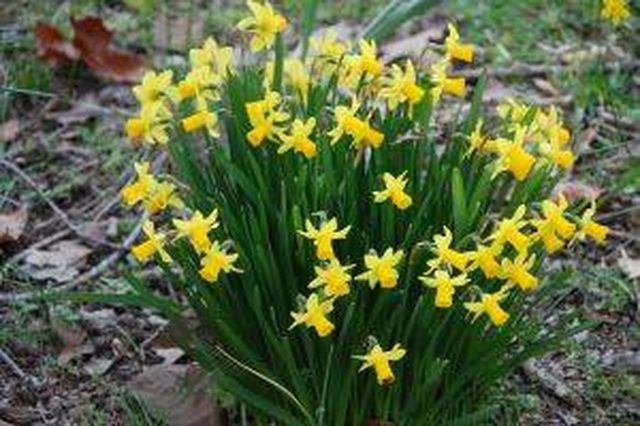Bulbs
Flower Basics
Flower Beds & Specialty Gardens
Flower Garden
Garden Furniture
Garden Gnomes
Garden Seeds
Garden Sheds
Garden Statues
Garden Tools & Supplies
Gardening Basics
Green & Organic
Groundcovers & Vines
Growing Annuals
Growing Basil
Growing Beans
Growing Berries
Growing Blueberries
Growing Cactus
Growing Corn
Growing Cotton
Growing Edibles
Growing Flowers
Growing Garlic
Growing Grapes
Growing Grass
Growing Herbs
Growing Jasmine
Growing Mint
Growing Mushrooms
Orchids
Growing Peanuts
Growing Perennials
Growing Plants
Growing Rosemary
Growing Roses
Growing Strawberries
Growing Sunflowers
Growing Thyme
Growing Tomatoes
Growing Tulips
Growing Vegetables
Herb Basics
Herb Garden
Indoor Growing
Landscaping Basics
Landscaping Patios
Landscaping Plants
Landscaping Shrubs
Landscaping Trees
Landscaping Walks & Pathways
Lawn Basics
Lawn Maintenance
Lawn Mowers
Lawn Ornaments
Lawn Planting
Lawn Tools
Outdoor Growing
Overall Landscape Planning
Pests, Weeds & Problems
Plant Basics
Rock Garden
Rose Garden
Shrubs
Soil
Specialty Gardens
Trees
Vegetable Garden
Yard Maintenance
How to Care for a Tete-a-Tete Daffodil
How to Care for a Tete-a-Tete Daffodil. A Tête-à-Tête daffodil is a mini yellow daffodil that starts to grow and bloom in early spring. It reaches a height of only six to eight inches and each plant has about two to three blooms, which are about two and a half inches wide. It is one of the most popular Narcissus flowers in the bulb...

A Tete-a-Tete daffodil is a mini yellow daffodil that starts to grow and bloom in early spring. It reaches a height of only six to eight inches and each plant has about two to three blooms, which are about two and a half inches wide. It is one of the most popular Narcissus flowers in the bulb market and is widely used in rock gardens. Gardeners often use Tete-a-Tete daffodils along borders and in front of their gardens due to their short stature. They are also planted in pots, which can later be transferred to the garden.
Things You'll Need
Garden Shovel
Clippers
Fertilizer
Plant your Tete-a-Tete daffodil bulbs in well draining soil. If your Tete-a-Tete daffodil started out as a potted plant, let your foliage ripen and turn yellow or brown before you cut it back. You can then immediately replant your bulbs four to five inches deep and three inches apart in a sunny or partly shady spot in your garden. It may not bloom the next year, but should the following year. If you purchased your bulbs, plant them in the same manner, but in the fall. Be sure the point of the bulb is sticking up when planting.
Let the Tete-a-Tete daffodil's foliage ripen before cutting it back. You may be tempted to cut your plant since it is no longer blooming, but by holding back, you are allowing the daffodil to store enough nutrients for the following year. Wait until the foliage turns a yellow or brown, about eight weeks after the blooms die, and then cut all the way to the ground with clippers.
Fertilize your Tete-a-Tete daffodil. When you first see green popping up in early spring, it's time to fertilize. Also fertilize when your Tete-a-Tetes are in full bloom. Use a low nitrogen fertilizer and follow manufacture directions since fertilizers come in varying strengths and release rates.
Divide your Tete-a-Tete daffodils. Your daffodils will multiply without you even trying. When it becomes overcrowded, about every five to 10 years, dig them up when you cut back their foliage. Immediately replant them in a different spot or store them in a well-ventilated area where temperatures do not reach above 90 degrees. Then, plant the bulbs again in the fall.